Best Car Jumpers in 2024
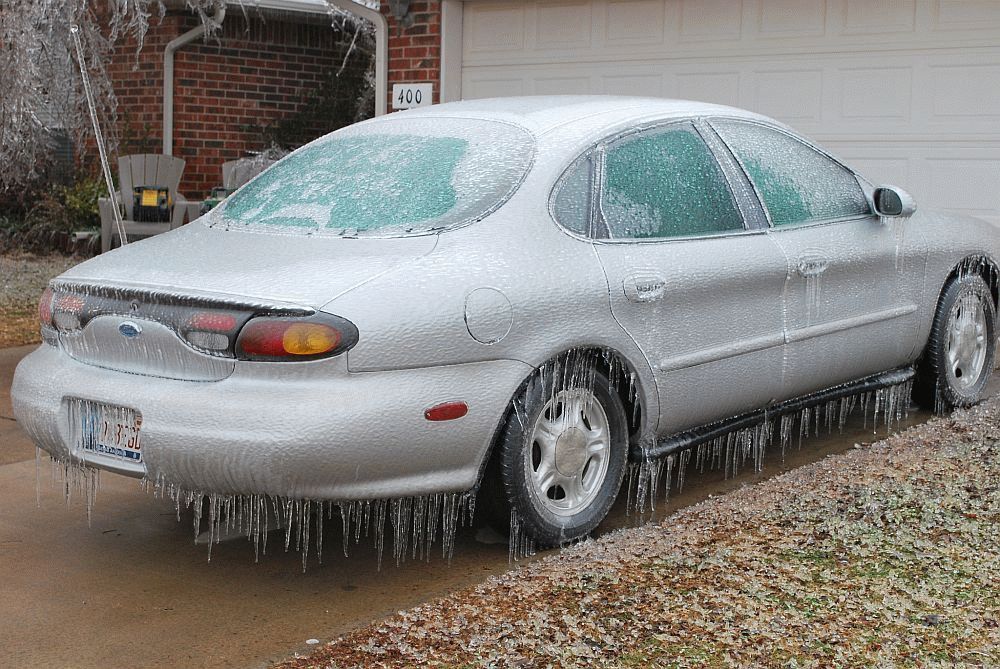
Why do we need pre-launchers?
Car owners are to some extent a separate category of citizens. A car occupies a fairly significant part of their life, not only bringing a certain amount of comfort, but also requiring special maintenance, investment of money, and making a large number of difficult decisions. The difference between car owners and pedestrians is about the same as between married people and single people.
A car is a capricious device. And most importantly, it can be unpredictably capricious just when you least expect surprises from it.
For example, a frosty winter morning. The car owner, warming his hands from the cold, rushes to the car at all speeds in order to shorten the unpleasant frozen path from a warm house to a warm interior. And then ... the car decides not to start. That is, there are no breakdowns in it, everything is in order. But the engine in the cold resolutely refuses to start. Meanwhile, time passes, the beginning of the working day will not move away, and the car owner does not want to crawl out into the cold and in a hurry to fix the problem.
On this day, in order not to be late, our hero will probably go to a public transport stop so as not to be late. But what about truck or bus drivers, for whom a vehicle is a job, and you must start the car? In addition, experienced car owners know that starting the engine without preliminary warming up will wear it out a lot. To prevent such an unpleasant situation, drivers will need a simple device called a pre-heater for a car.
In some modern car models supplied for the northern regions, such a device is already installed. And if it is not there, it does not matter: it is very easy to purchase a unit. You just need to know what they are, their pros and cons, types and prices.
How do pre-heaters work?
In fact, this is a stove installed under the hood of a car, operating either locally or remotely. In the first case, the driver will need to set a start timer (for example, from evening to morning, one hour before leaving). In the second case, you can control the stove using a remote control or a mobile phone.
An activation signal is sent to the device, fuel will begin to flow into the combustion chamber from the vehicle fuel tank.There it will be mixed with the available air and ignited by a spark plug or ceramic pins. The resulting heat is channeled along the circuit of the pipelines and heats up the engine, interior and windshield. When the required temperature in the machine is reached, the system will stop supplying heat and resume it if the temperature drops below the required temperature. Bottom line: by the time the driver arrives, the interior and engine are warmed up in the car, and the windshield and wipers have thawed. The car is completely ready for the trip.
According to the type of heating substance, prestarting devices are electric, air and liquid. Aircrafts are installed on large-sized transport (ships at sea, buses, freight transport, etc.) and are themselves more voluminous than liquid ones.
Electric ones are good for everyone, except that they require an external power source in the immediate vicinity.
Liquid ones can work with engines running on gas, gasoline or diesel and are divided by size into:
A - for small-sized cars;
B - station wagon;
B - for large vehicles (crossovers, SUVs, minibuses).
Type "A" is installed on cars with an engine capacity of up to 2 liters. They take up little space, consume a little energy. Type "B" is universal for cars and large SUVs and minivans. It can be bought in case the buyer owns several different vehicles. It is medium in size.
Type "B" is larger than its comrades and consumes more fuel.
Are there any disadvantages to the pre-launchers?
The biggest disadvantage is the high price - not every driver can afford it. Among other inconveniences - increased fuel consumption from the gas tank, now you will have to refuel with the expectation of the operation of the heating device. Everyone decides the benefit and the need to purchase it for himself, but we can say with certainty that the stove is needed by drivers in their profession in the northern regions.
General list of characteristics of heaters presented in the rating
| Name | A type | Kind of transport | Average price, rub. |
|---|---|---|---|
| Severs + | Electric | Any | 4200 |
| Longfei | Electric | Any | 4300 |
| Teplostar 14TS-10 | Liquid | Large, cargo | 25500 |
| Binar 5S | Liquid | Cars | 24000 |
| Webasto | Liquid | Cars, minivans, SUVs | 38000 |
| EBERSPACHER Hydronic B4WS 12V | Liquid | Large cars, SUVs, crossovers | 45000 |
| Planar 2D-12 / 24GP | Air | Any | 19000 |
| Webasto Air Top Evo 3900 | Air | Large, cargo | 60900 |
| Nomakon PP-201 | Fuel heater | Any | 8200 |
| NPP "Platan" EPTF-150 Ya (YaMZ) | Fuel heater | Any | 750 |
Rating of electric heating devices
Severs +
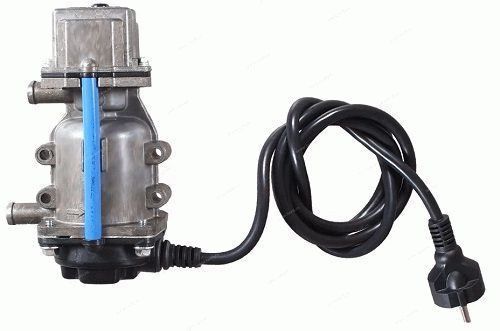
A Russian native of the ZAO Leader company, one of the model range of heaters. It has a power of 2 kW and is equipped with a pump that is capable of quickly and evenly heating the coolant of both small cars and large vehicles. There is a temperature controller and shutdown in case of overheating - the owner does not have to worry about malfunctions. The device is controlled mechanically using a timer (set in advance). Easy to assemble. In general, a good device for its price.
Type: electric.
Dimensions: for any type of car.
Average price: 4200 rubles.
More about the device - in the video:
- affordable price;
- compact;
- copes quickly with heating;
- universal for any type of car;
- there is protection.
- you need a power source in the immediate vicinity of the car;
- if air enters the system, the overheating protection stops working.
Longfei
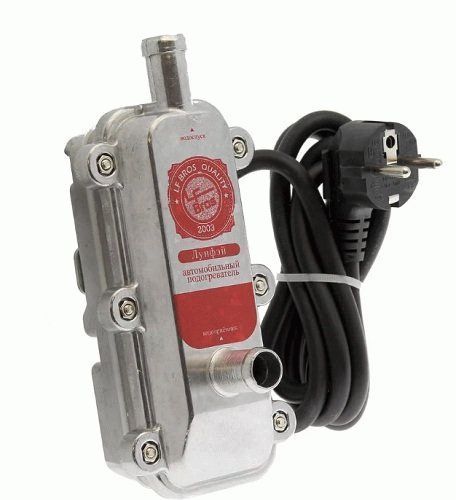
The Chinese version of the heater, contrary to stereotypes about the quality of the "celestial" is the most purchased electric heater due to its reliability and durability. Power: 3 kW. The coolant in the machine is heated by a heating element, and the antifreeze circuit is driven by a centrifugal pump. It works from a conventional 220V power supply with the drawback that the cord of this model is frankly short, and the presence of a network or an extension cord is required in close proximity to the car.
Type: electric.
Dimensions: for any car.
Average price: 4,300 rubles.
Overview of the Chinese heater:
- reliability, fast heating;
- high power;
- versatility - for any car;
- very compact.
- the power cord is short.
Rating of liquid heating devices
Teplostar 14TS-10
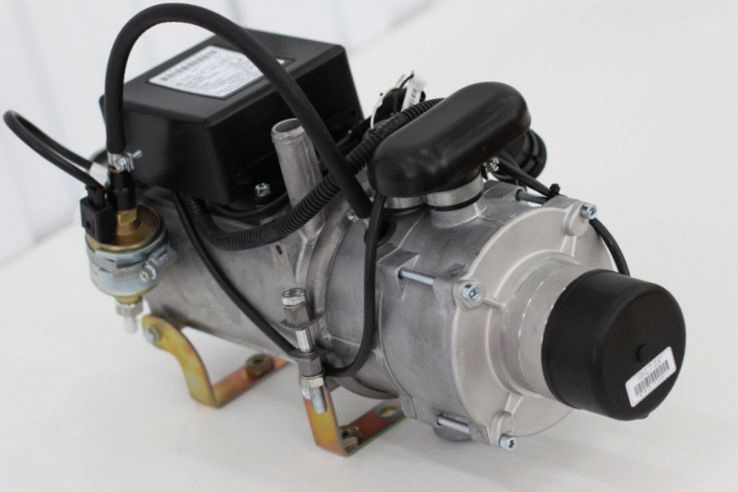
A powerful domestic-made heater for large-sized vehicles: buses, trucks. Power: 4-15.5 kW. Control is possible both manually and in automatic mode. There is a thermostat to maintain the temperature within a given range.
Type: liquid, diesel.
Dimensions: large-sized transport: trucks, buses, etc.
Average price: 25,500 rubles.
- very high power;
- maintaining the temperature;
- for such a model, a very affordable price;
- different operating modes.
- heavy weight (with a pump - up to 20kg).
Binar 5S
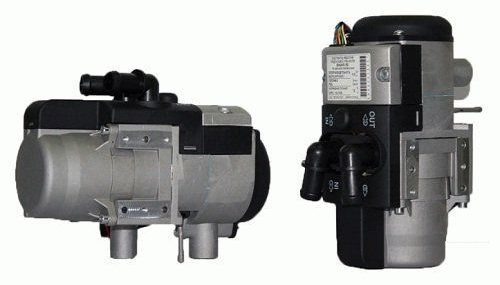
The product of the domestic company "Teplostar", which produces different models of liquid fuel heaters. The units work both for preheating and for maintaining the temperature of the passenger compartment or engine for some time. There is a possibility of remote control via the GPS module: using a remote control or a mobile phone. Heaters of the Binar line are suitable for engines with a volume of not more than 4 liters.
The device has compact dimensions, ease of installation and very convenient operation. Has a self-diagnostic function, in general, a very high quality heater.
Type: liquid, different types of fuel.
Dimensions: in a passenger car.
Average price: 24,000 rubles without installation.
Video review of the device:
- compact dimensions;
- remote control function;
- functions not only for preheating, but also for maintaining temperature;
- work with various types of fuel.
- the temperature sensor does not work perfectly accurately, it is possible not to warm up the engine to the required temperature if you hurry, i.e. it is better to heat a little with a margin.
Webasto

The German device, which made the name of its company a household name: many motorists say Webasto instead of "warming device", just like any disposable diapers are called diapers. The models of this company are designed not only taking into account the size and volume of the cars' engines, but in some cases for their specific brands, for example, Land Rover Freelander, Land Rover Discovery, etc. The most famous model is the Webasto Evoque.
Webasto heaters are reliable and durable; the company also took care of Russian consumers by building a sufficient number of Webasto service centers in the Russian Federation. The models are designed for gasoline and diesel.
Type: liquid: gasoline, diesel.
Dimensions: cars, SUVs, crossovers.
Average price: 38,000 rubles without installation.
- high reliability, durability of work;
- prevalence of models, convenient service;
- there are models for specific car brands (mostly German).
More advantages of the device are in the video:
- the battery is weak - it is recommended to set it more powerful or monitor the charge of the existing battery.
EBERSPACHER Hydronic B4WS 12V

Another model range of another German company, characterized by high reliability combined with simplicity of design and control. Installed on cars with an engine capacity of more than 2 liters. Model available for diesel and gasoline. On the territory of the Russian Federation, there are enough service and repair centers for heaters of this company. Machine power: 1.5-4.3 kW.
Type: liquid for gasoline or diesel.
Dimensions: large cars with engine capacity from 4 liters.
Average price: 45,000 rubles.
- high reliability;
- high power, fast heating rate.
- high price.
Air heaters rating
Planar 2D-12 / 24GP
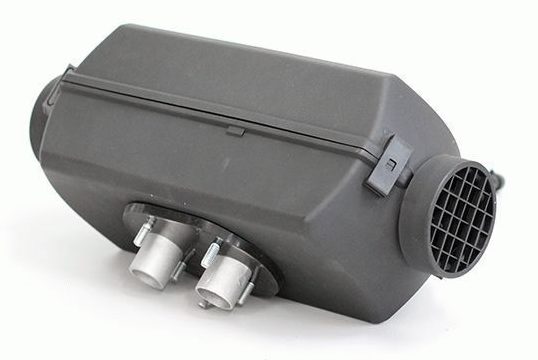
A device of domestic production that heats the engine with hot air generated using diesel fuel taken from a gas tank. Power: 1.8 kW. Suitable for all vehicles.
Types: air.
Dimensions: for any car.
Average price: 19,000 rubles.
- fast and good heating;
- no heating circuit required;
- reliable and compact.
- heavy weight (10 kg);
- does not heat the interior and windshield.
Webasto Air Top Evo 3900
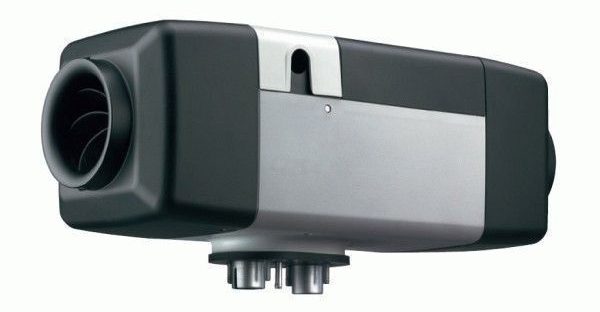
The most powerful air heater is capable of quickly heating the interiors of trucks, yacht cabins, sleeping compartments of minibuses. Not only heats up, but also maintains the set temperature. In warmer seasons it can be used as a fan. Heating power: 3.5 kW, the device produces up to 132 cubic meters of hot air per hour. Works independently of engine operation. Thanks to the ceramic components, it has a lower weight compared to all-metal models: the weight of the device with a fuel pump is only 5.9 kg. Built-in overheating protection, increased durability.
Type: air. Fuel: diesel, gasoline.
Dimensions: for large trucks, buses, yachts.
Average price: 60,900 rubles.
- very powerful, heats up quickly, maintains temperature;
- no heating circuit required;
- light weight;
- can be used as a fan heater.
- high price;
- consumes a lot of fuel.
Rating of fuel heaters in cars
Nomakon PP-201
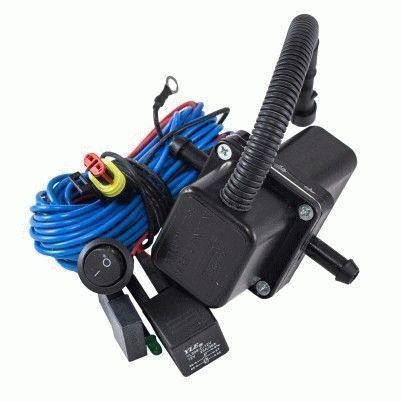
This device is installed in the fuel line up to the cleaning filters. Equipped with an automatic heating control device. The work starts when the engine is started, and if the fuel entering the engine has a temperature below +5 degrees C, the device starts heating it. As soon as the fuel reaches a temperature mark of +5 degrees C., the device turns off.
Type: fuel heater.
Average price: 8200 rubles.
Heater video review:
- automatic work;
- fast warm-up;
- lightness and compactness;
- suitable for most types of transport.
- self-installation is possible with special knowledge and the necessary tools. In other cases, a call to a specialist is required for a fee.
NPP "Platan" EPTF-150 Ya (YaMZ)
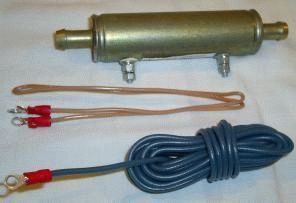
Russian simple device that warms up the fuel filter to prevent fuel thickening at low temperatures.
The heater is mounted directly into the fuel filter and very quickly brings the diesel to the required temperature and condition. Even if the fuel is frozen and solidified, the heater will return it to a liquid state within 5-10 minutes. If necessary, the device can also work when the car is moving, if the temperature is critically low outside.
Type: fuel heater.
Average price: 750 rubles.
- fast warm-up;
- convenient installation;
- very affordable price.
- for diesel fuel only.
Car owners living in the northern regions are increasingly purchasing heaters for cars, convinced of the enormous benefits they bring. Quite a lot of money spent on heaters pays off both directly (increased engine life) and indirectly (comfort even in severe frost comes to a car with an already warmed up engine, warm interior and a thawed windshield).
new entries
Categories
Useful
Popular articles
-

Top rating of the best and inexpensive scooters up to 50 cubic meters in 2024
Views: 97661 -

Rating of the best materials for noise insulation for an apartment in 2024
Views: 95022 -

Rating of cheap analogues of expensive drugs for flu and colds for 2024
Views: 91751 -

The best men's running shoes in 2024
Views: 87680 -

Top ranking of the best smartwatches 2024 - price-quality
Views: 85091 -

Best Complex Vitamins in 2024
Views: 84801 -

The best dye for gray hair - 2024 top ranking
Views: 82406 -

Rating of the best wood paints for interior use in 2024
Views: 77202 -

Ranking of the best action cameras from China in 2024
Views: 75269 -

Rating of the best spinning reels in 2024
Views: 74827 -

The most effective calcium supplements for adults and children in 2024
Views: 72462 -

Top rating of the best means for male potency in 2024 with a description
Views: 68296









